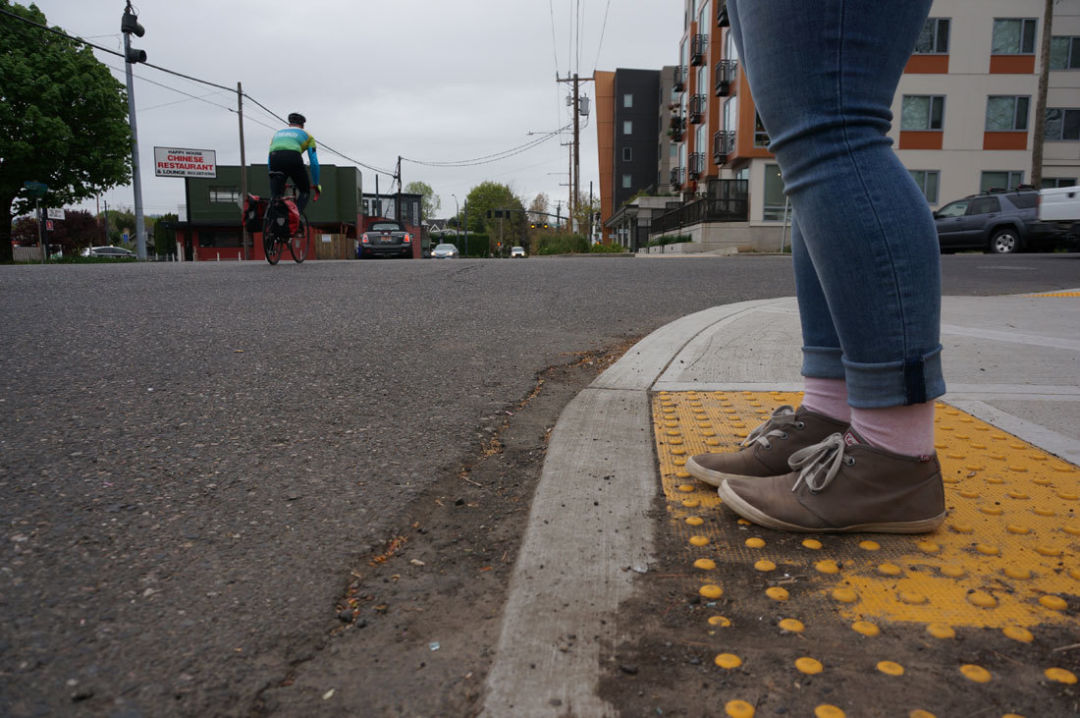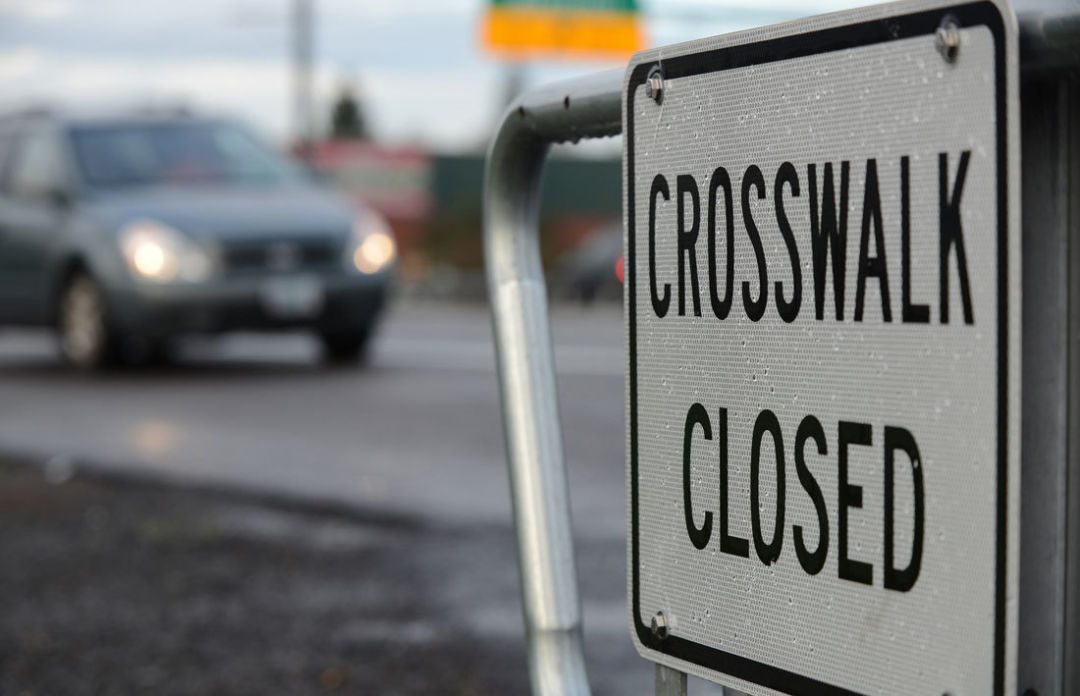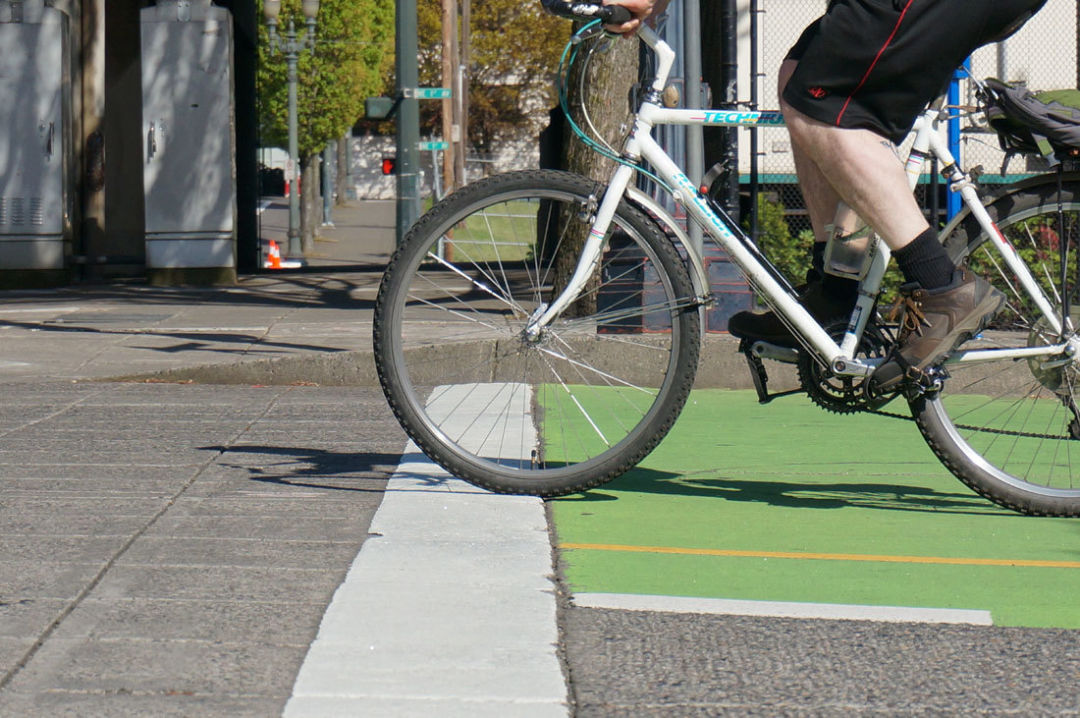Why Aren't Portland-Area Streets Safer?

Why aren't Portland-area streets safer?
The Portland region has a reputation as a livable, options-rich transportation place to get around.
But beneath that soaring reputation is a sobering reality: The region has a tragic track record of people getting killed or seriously injured on streets and roads.
Deaths and serious injuries are down from decades ago. But that's largely because of improvements in car safety. People walking and biking are as vulnerable as ever. Although they are involved in fewer crashes, those crashes are more likely to be fatal.
Many neighborhoods where walking and biking are most dangerous are where communities of color and people with low incomes are more likely to live. Advocates point out that these areas have long been under-invested, and need is growing with rising housing costs and displacement.
"You can’t think about getting to zero deaths and serious injuries without looking at who’s experiencing those deaths and injuries," says Rebecca Bodonyi, who works on the issue with the Multnomah County Health Department. "That means youth and elderly and other geographic communities of concern. So, there’s no fixing it without using that equity framework and prioritizing investments in those areas first.”
See what else is holding our transportation system back
Leaders are aware of the connection.
"In our low-income communities and communities of color we have a disproportionate number of deaths and serious injuries on our roadways," says Leah Treat, Portland Bureau of Transportation director. "That’s a huge equity issue."

Agencies are working on the challenge. Metro will update its Regional Safety Strategy as part of the 2018 Regional Transportation Plan, giving new guidance to local governments about making streets safer. Later this year, Metro will devote $25 million in federal funds to projects that improve safety for people biking and walking, and another $1.5 million toward a regional Safe Routes to School program.
Portland has adopted a "Vision Zero" target of no fatalities or serious injuries on its streets, and is now working on a plan to implement it. Clackamas County has adopted a "Drive to Zero" approach seeking a 50 percent reduction in fatal and serious injuries by 2022. Washington County is creating a Transportation Safety Action Plan to reduce injuries and fatalities for all road users. And ODOT has its own draft plan for state roads.
But like everything else, safety costs money. And money – particularly from the federal sources that used to fund a lot of transportation projects – is tough to come by. Though a recent federal transportation bill gave Oregon a little more money, we're still well short of where we need to be – even to keep up with maintenance, let alone improve safety.
See how reliability and affordability are also big challenges for Portland-area transportation
"What we need is to invest significant funding in new sidewalks, new bike lanes, safer crossings, better lights, more signalized intersections and all kinds of things that we know work to reduce traffic injuries and fatalities down to zero," says Gerik Kransky, Bicycle Transportation Alliance advocacy director."If we had the funding to get it done and the political will, then we’d be there."

Many experts also call for improved enforcement by local police, especially for driving under the influence or texting while driving, and education about things like an Oregon law that all intersections are crosswalks – whether white paint is present or not.
It's a struggle. But ultimately it can build on people's good will by reminding them of the impact their actions have on others.
"I believe most people are good – they want to do good, they don’t want to hit somebody, they want everyone to be safe," says Joe Marek, a traffic engineer at Clackamas County. "In order to get to zero deaths, I don’t think people need to change much. But you have to get people to want to change."
Note: This is an excerpt from a longer story about Portland-area transportation challenges. See what experts had to say about two other big challenges for the region.
